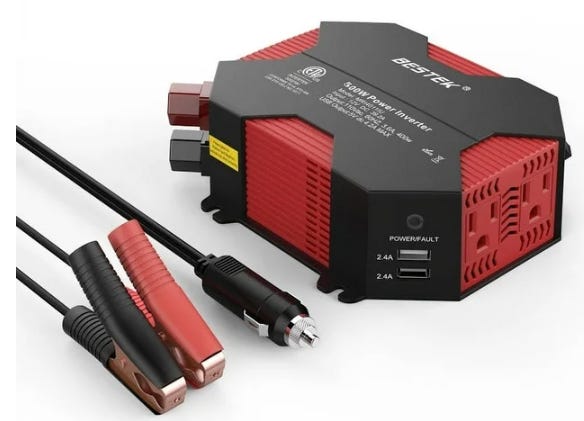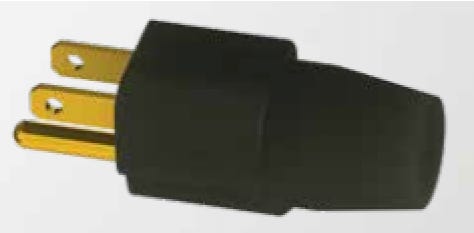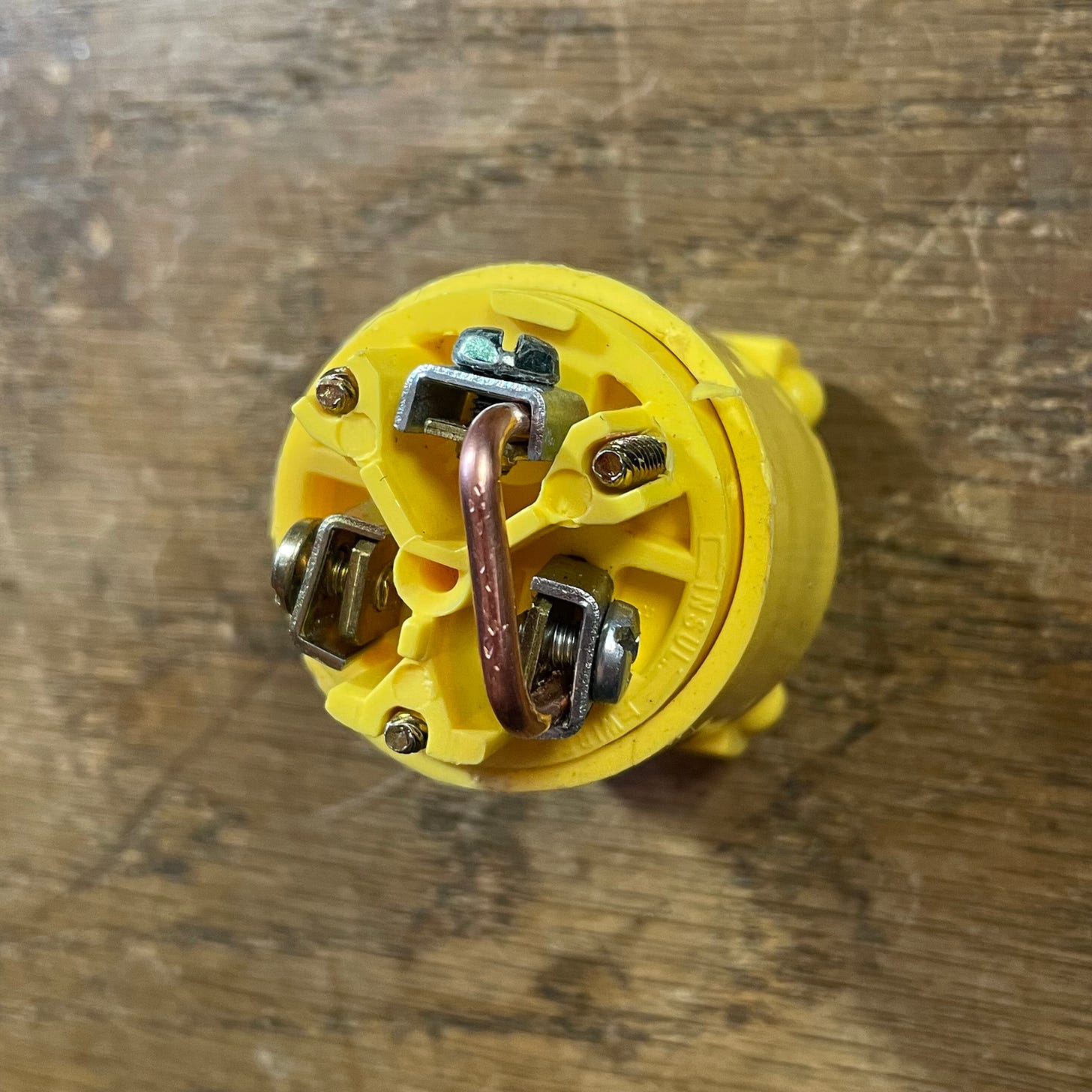Hey Mike,
I’m a full time RVer in a 2018 Leisure Travel Van. I’m installing a 300w sine wave inverter to run a 6cu ft Residential fridge. The original three way fridge gave out. I wish for the fridge to run off our Lithionics 315 AH battery.
I wired the inverter by cutting off the lighter adapter and wired it to the two DC wires behind the fridge When I tested the inverter, I got an alert for an open ground. What do I need to do to eliminate the open ground? I don’t see a way to ground the Bestek inverter. Hope you can help! - Dave
Hey Dave,
I’m pretty sure I know what’s happening. Here’s my logic…
Part 1: The Refrigerator
The open ground error you’re seeing on your replacement refrigerator is due to the fact that most (perhaps all) modern residential refrigerators have an internal safety circuit that looks for a ground connection through the power cord. This allowse them to be installed in a non-GFCI outlet in a sticks and bricks house. I believe this may be a new UL requirement so you won’t find it on older residential refrigerators.
Part 2: The Inverter
UPDATE: I forgot to mention that a 300-watt inverter is too small to power a residential refrigerator. It really needs to be at least a 600 to 750 watt inverter to be able to supply the compressor inrush current.
All modern inverters (including Inverter Generators as well as Solar Generators) have floating neutrals. That is, the Neutral and Ground contacts in their outlets are not bonded together. Note that even though this is called a “Ground” it really has nothing to do with an Earth Ground. Nor does it require a grounding rod. The word ground is used for a lot of different electrical things, many of which require a connection to earth ground to be grounded…
Part 3: The Bond
What your inverter needs is to be Bonded, not grounded to the chassis. And that just takes a generator bonding plug installed in one of the inverter’s 120-volt outlets. That will created the proper voltage relationships that the refrigerator’s safety circuits require. I invented the generator bonding plug in 2010, and since then there’s been a number of companies building and selling them. But I never bothered to patent it because I thought everyone already knew about it. Silly me, but I was the first to build and publish how it works.
Part 4: Read More About Bonding Plugs
Here’s the article I just posted last week about generator bonding plugs including where you can buy one. Read all about it HERE.
Let’s play safe out there… Mike










I do not believe a 300W inverter is powerful enough. The guide is to install an inverter with at least double the capacity that is needed to run the refrigerator. My 9.7 cu ft residential fridge running current is about 3 amps AC at 120v. That alone is 360 watts. I know I need at least a 700w inverter. (BTW my coach has a 3000W PSW inverter/converter/charger). If you need 500w, install a 1000W inverter and wire it correctly for 12v DC. That is a wire capable of taking 100 amps at 12v DC!!
I would add to the conversation, refrigeration compressors if using one, can require a lot more starting current than their running current. Often, they can require an inverter with much greater capacity. And too, inexpensive inverters may not sustain several seconds of overload to start a motor. Rather they shut down in milliseconds. The 12V outlet wiring used to connect the inverter, may too light to supply the 30-amperes (not 10-gauge) a 300-watt inverter will draw as most 12V outlets normally supply 15-amperes of current.